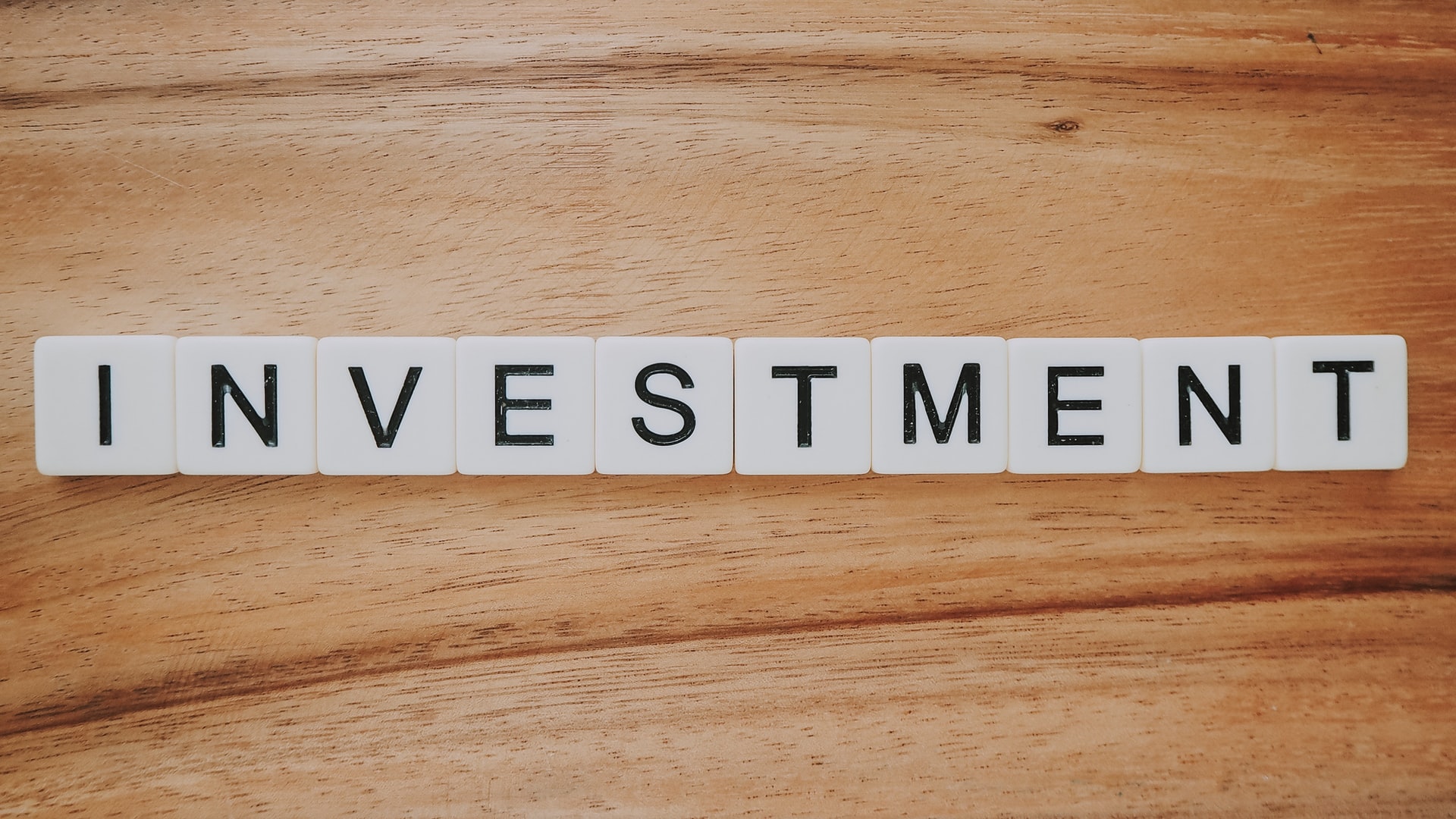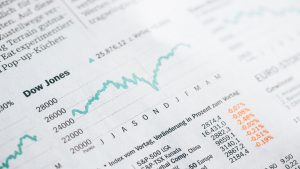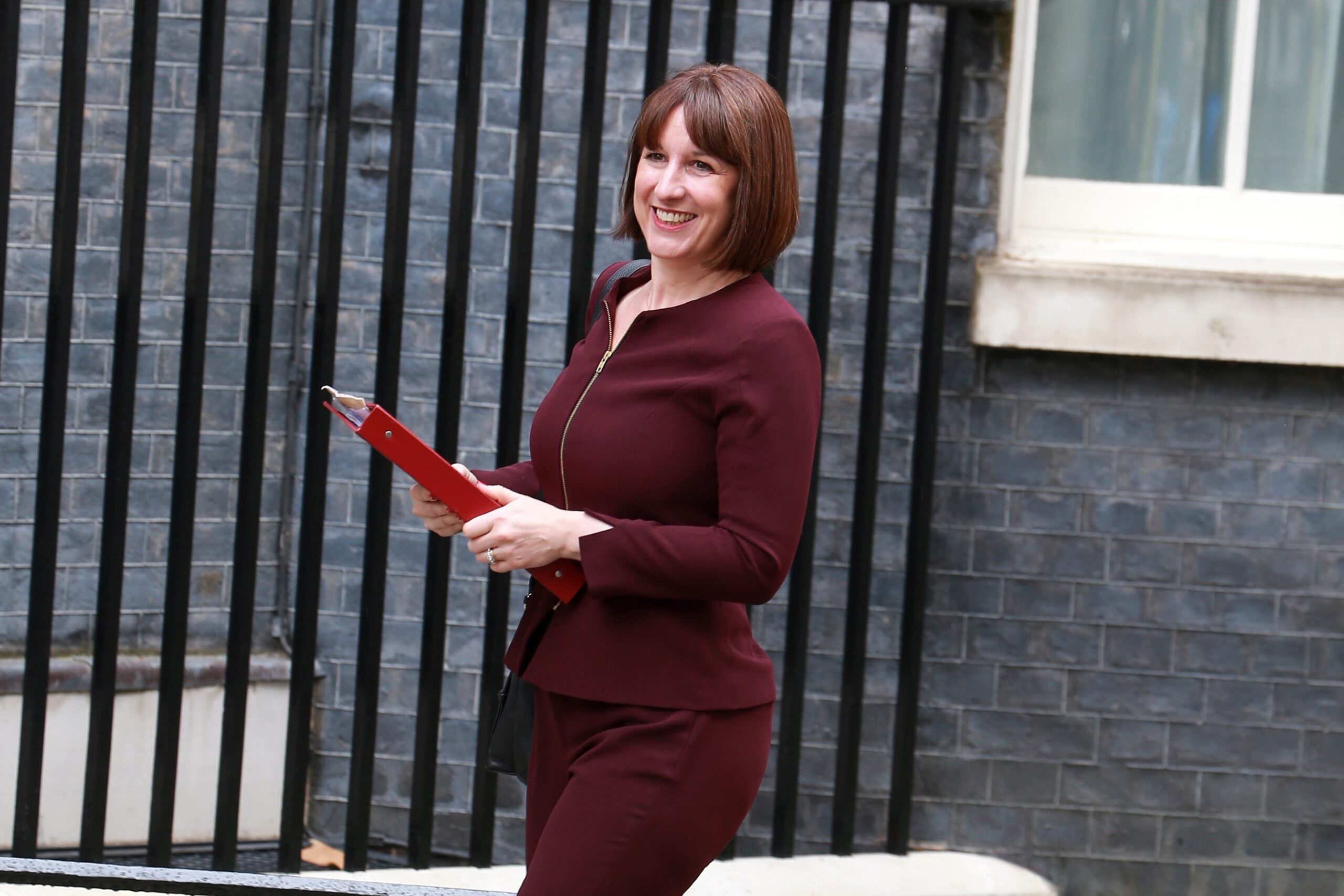
I Have $1M, What Steps Should I take Before Investing?
Posted on: 2nd May 2016 in
Investments
Firstly congratulations on making it to the million dollars mark. You can now begin your journey to becoming one of the
1,800 billionaires on earth today with some smart investing.
Before you begin, here are five simple tips to ensure you are bringing in the best returns on your investments in the coming years.
- Make sure you understand what it is you are investing in. If you are going to invest in oil as a commodity, then ask yourself why? What do you know about it, apart from the fact that petroleum makes your car go, so people must need it?
- Make sure to set yourself a target. If you say you want to make 20% on your investment and you make 20%, stop there and enjoy your earnings. Same with losses, how much are you prepared to lose?
- Consider if you are going to need the money you invested in the nearby future and invest according to your decision.
- In short, know what you are investing in, do your research beforehand, learn a bit before trusting someone else with your money (if you appoint someone else to invest it), and plan your exit strategy before you even enter. And DO NOT make emotional decisions.
- Invest smart. Be curious and efficient when it comes to cost and tax optimisation options.
To get into the specifics on this:
1. Diversification – Reducing the risk
As the great saying goes, don’t put all your eggs in one basket. When investing, diversification is a MUST for your portfolio in order to reduce risk by substantial amounts. The graph below shows the core objective and benefits of investing diversely, which again, is to reduce the risk. So, for example, if you invested in 100 commodities and one crashes, you still have the other 99 to keep you safe.
Diversification aims to reduce the hazard of a few primary risk types:
Market risks
- Currency risk: Your investment has to be done in a specific currency – mostly in US$ or €. Now, this of course also bears a foreign-exchange risk since the rates are volatile and can change over time. If the currency you invested in depreciates (loses value against other currencies) you lose part of your hard-earned returns due to this or even make a loss. It is hard to predict FX prices for the future since this is influenced by a number of political and economic factors (for the US$ think of the $4.5 trillion reserves China holds). Therefore it is key you invest in a number of currencies in order to compensate for this risk.
- Interest rates: This risk comes up when you buy bonds and interest rates of the underlying change or are highly volatile. Currently, we are in a state where all interest rates are (close to) 0% but there is a risk that this will pick up again. Also, you are not immune to fraud in this space – take, for example, the Libor scandal. The best and simplest strategy in order to tackle this is to choose a variety of maturities and coupon rates if you invest in bonds.
Credit risk
- Default of underlying: No company is a 100% safe investment since even the most established companies go broke (think American Airlines, Lehman Brothers or Chrysler). There are rating agencies like S&P and Moody’s assessing the credit risk of companies that you should take a look at before investing.
- Country risk: If for instance, the country is freezing foreign currency payments on its obligations or falls into a recession this could be catastrophic for your investment. There are various examples of countries hindering investment or forbidding money transfers. When you invest you should focus on stable countries that have a solid track record of not defaulting on government debt and which are politically stable.
Understand that the above is a lot of talk about risks and nothing to do with returns. However, by practising the above mentioned when you invest your money, you will be reducing your investment risk significantly, and hugely increasing the chance of your investment returns taking care of themselves.
2. Financial literacy – reading between the lines
When planning to invest your money in the markets, one of the most crucial factors is to understand the (financial) news correctly in relation to your portfolio. You must be able to accurately determine what the news means for your portfolio investment. The best, and really only way this can be learnt, is to do some hardcore reading and watching of financial news to begin to understand its terminology.
To make a successful investment, you first need to invest time in understanding and also knowing when to react to events in the markets. Understandably this can be hard and tedious to begin with until you understand, for example, what a Synthetic CDS are. For some, however, it can also be good fun once you begin to understand how it all works. Maybe, to begin with, open an
online practice account and start trading while learning.
Investing time into learning is something you cannot lose at. It will surely pay off when you do finally invest your money in the markets, as by then you will have a much better understanding of the markets and how they interconnect.
3. Save Costs – pick the right securities
As a general rule when it comes to actual real-life investing, it is very important you pick securities that:
- Do not bear high transactional risks when buying and/or selling
- Do not bear high running costs, e.g. managed funds
A good and popular example to implement this strategy are e.g. ETFs (Exchange Traded Funds), which in short, do the same thing as a portfolio manager, only it is an algorithm/robot doing the work and doesn’t require a salary to survive.
With ETFs, you can generally invest in everything from gold to indices, but they are sometimes not straight forward in their structure; a so-called
tracking-error might occur where the price of the underlying changes, but not your ETF price.
Still, ETFs provide a liquid and interesting instrument in order to make trading efficient and cheap and some are really simple, like S&P500 ETFs where you simply track the performance of the index 1-1, on a very low-cost basis.
Picking the right securities for your portfolio is undoubtedly one of the most crucial steps in the process. It is also worth the time comparing and evaluating the different types of options around. This will make sure costs do not eat up your returns. For more info regarding this read – 5 ETFs Flaws, You Shouldn’t Overlook.

4. Invest in what you know
When you put your mind to it and actually start looking at investment options, there is a whole universe of investment opportunities available, from camel breeding, toilet seats and rare coins, to government bonds, Bitcoins and start-ups.
A piece of advice from our side is that even though some of these weird and wonderful investments might seem fun and attractive, DO NOT put your money in securities or investments that you know nothing or little about. It’s like swimming for the first time; unless you have your mother/fund manager guiding you, you’ll probably drown. You may also be buying something really rubbish, like subprime mortgages that were sold in the 2009 financial crisis.
By doing the above, it will significantly lessen your chances of waking up one sunny morning to find out that your investment has gone down the drain overnight and you are left with nothing.
5. Be rational, reflective and control your emotions
Now, this may seem like the most irrelevant part of investing, but with sudden wealth, there is always a risk of becoming a little too confident and jumping into things because you feel on top of the world. Apart from having a combined 1,000+ years’ experience in this area, this is one of those domains where a company such as
Holborn Assets does come in handy, as we do it every day and are judicious about every investment.
If you do continue as a lone ranger, you need to ask yourself, Why am I considering investing in this market? What makes me an expert?
Before you invest any money, make sure you do not need it in the short-term future for anything such as retirement, your kids’ college funds or that proposal that requires a ring.
If you find that you will need access to your money in the short term, consider investing in a trustworthy and reliable country’s government bonds.
As briefly mentioned above, one of the BIGGEST obstacles to making money in the markets is that of becoming 100% emotional and to not make rational decisions. At the end of the day, this is actually how much of the investment community operates. If the investment community’s combined emotion is that they are worried about a company, the stock price will go down. If the community feels positive, the price will go up.
During market hours, the constant battle between bulls and bears is reflected in the constantly changing price in securities. All of these short-term investments are driven mainly by hopes, speculations and rumours, rather than logic and systematic analysis. So, when you see something going up, it might just be because everyone else in the community got hold of a rumour.
My investment has gone down today! Should I sell my position? Maybe it will recover? No, leave it; it will surely go back up in an hour?
Even the best of investors think this is part of being human. However, the difference between the amateur and expert is that the latter doesn’t get overly emotional when withdrawing from an investment. Hence, they usually make the money, while the amateur will fail because of their emotions.
6. Now what?
In order to achieve the above set goals we also want to illustrate what a good portfolio for a new investor might look like, generating on the one side financial stability through security and risk minimization in line with solid returns. This normally is done with a 1/3 investment in:
- 1/3 SuperSafe: You need to have a safe component in your portfolio. A good example of this is government bonds from the US or Germany. It is unlikely that these states will go bankrupt – therefore you can count on the promised returns.
- 1/3 Equity market exposure: You need some exposure to equity markets. If you look at how they developed in the last 10 years – missing out on the return is not an option. Therefore we recommend putting 33% of the money into market index ETF’s – that minimize costs and provide you with exposure to equity market growth.
- 1/3 More risk, ore return: The counterpart to play it safe. You can’t put all your money in super-safe investments, otherwise, you will lose return or inflation will eat up your investment. So there should also be a ‘more risk’ element. An example might be commodities like gold, call options on oil (price is currently very low) or even shares of a well-established and well-known company that you buy products from regularly, like Coca Cola for example.
But remember, while this seems simple it in fact requires a lot of expertise to set-up in a tax and cost-efficient manner. In particular the more complex parts of your portfolio like derivatives – the risky part – is not trivial and needs a profound technical track-record as well as time-consuming monitoring of performance and choosing the right sell/buy time. You won’t get on the billionaires’ list just by doing a one-time investment and then not looking at your portfolio again.
So again congratulations on your new-found wealth and if you do want help, we are always a phone call away.
Best of luck!
Holborn Assets





